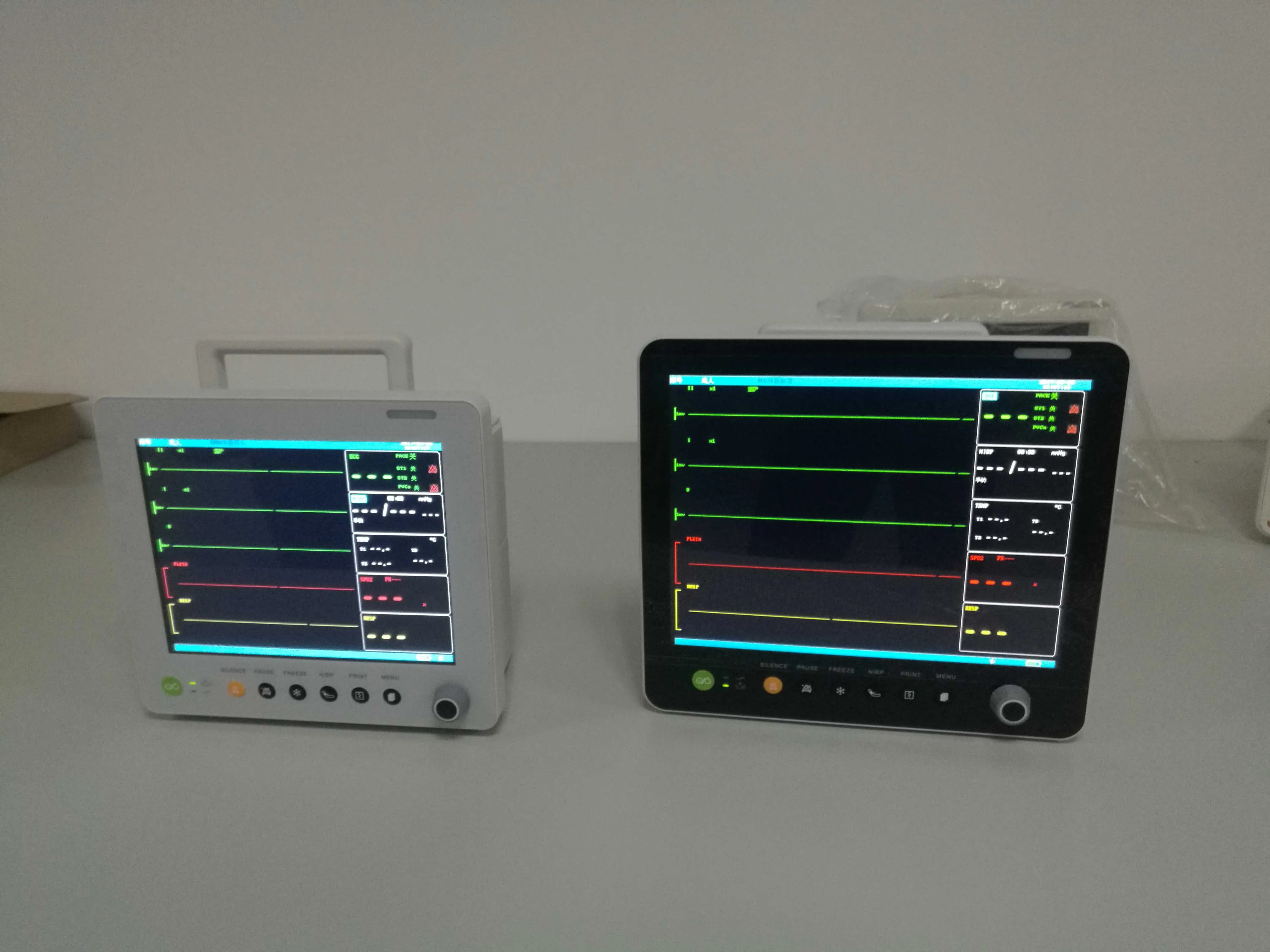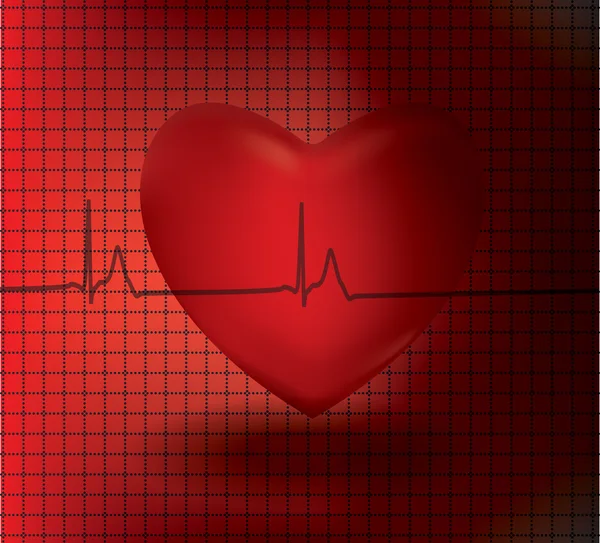


Tremor was recorded using an accelerometer on the finger, under resting-state and stress-state (calculation task) conditions, during rest tremor and postural tremor. Here, we analyzed tremor characteristics under resting-state and stress-state conditions. Few studies have investigated how different patient's conditions affect tremor frequency characteristics in Parkinson's disease (PD). Tremor characteristics-amplitude and frequency components-are primary quantitative clinical factors for diagnosis and monitoring of tremors. In patients subjected to cardiac surgery or catheter ablation for the treatment of atrial fibrillation or showing atypical ECG patterns, macro-re-entrant and focal tachycardia mechanisms can be very complex and electrophysiological studies are necessary to guide ablation treatment in poorly tolerated cases. Secondary prevention, based on the treatment of associated atrial fibrillation risk factors, is emerging as a therapeutic option. In patients without a history of heart disease, cardiac surgery or catheter ablation, typical flutter ECG remains predictive of a right atrial re-entry circuit dependent on the inferior vena cava–tricuspid isthmus that can be very effectively treated by ablation, although late incidence of atrial fibrillation remains a problem. Electrophysiological studies have defined multiple mechanisms of tachycardia, both re-entrant and focal, with varying ECG morphologies and rates, authenticated by the results of catheter ablation of the focal triggers or critical isthmuses of re-entry circuits. In patients subjected to cardiac surgery or catheter ablation for the treatment of atrial fibrillation or showing atypical ECG patterns, macro-re-entrant and focal tachycardia mechanisms can be very complex and electrophysiological studies are necessary to guide ablation treatment in poorly tolerated cases.Ĭlinical electrophysiology has made the traditional classification of rapid atrial rhythms into flutter and tachycardia of little clinical use. In patients without a history of heart disease, cardiac surgery or catheter ablation, typical flutter ECG remains predictive of a right atrial re-entry circuit dependent on the inferior vena cava-tricuspid isthmus that can be very effectively treated by ablation, although late incidence of atrial fibrillation remains a problem. Our case illustrates the importance of recognizing artifact related ECG changes to prevent unnecessary treatment and hospital admissions.Ĭlinical electrophysiology has made the traditional classification of rapid atrial rhythms into flutter and tachycardia of little clinical use. Correct and accurate diagnosis is critically important, in order to avoid wrong treatment and unnecessary interventions. A 48-hour Holter monitoring in the clinic later confirmed consistent sinus rhythm with no evidence of any arrhythmias Tremor induced artifacts can be mistaken for arrhythmias. A repeat 12 lead ECG clearly demonstrated normal sinus rhythm, and the patient remained completely asymptomatic throughout the stay. After careful review of her ECG by a cardiologist, several features such as, sharply contoured upright p waves in all leads, different flutter wave morphologies in the same leads, more prominence of "pseudo-flutter" waves in the limb leads compared to the precordial leads, and return to isoelectric baseline after sharp peaked p waves, questioned the diagnosis of AF. Initial ECG was interpreted as AF prompting admission. Physical exam was remarkable for bilateral resting hand tremors at a frequency of 6-8 hertz and mild cogwheel rigidity in both upper extremities.

Her vital signs were within normal limits. A 72-year-old African-American female with history of PD presented to our Emergency Department with a one day history of chest pain. We present an interesting case of a diagnostic challenge manifested as an electrocardiogram (ECG) recording mimicking AF in a patient with Parkinson's disease (PD). Atrial flutter (AF) is the second most common supraventricular tachyarrhythmia following atrial fibrillation.


 0 kommentar(er)
0 kommentar(er)
